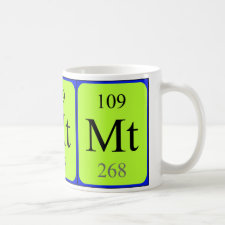
Authors: Tong ZH, Han Y, Gu LL, Li ZY, Du K, Kong GH, Liu DH, Peng J, Shi JL
Article Title: Preparation and application of simetryn-imprinted nanoparticles in triazine herbicide residue analysis.
Publication date: 2020
Journal: Journal of Separation Science
Volume: 43
Issue: (6)
Page numbers: 1107-1118.
DOI: 10.1002/jssc.201900739
Abstract: This work provides a simple and rapid method for synthesis uniform simetryn imprinted nanoparticles, which can be used to pretreat the tested samples before detecting. A series of computational approach were employed for design simetryn-imprinted polymer. Based on the conclusion of theoretical calculation, the simetryn imprinted nanoparticles were synthesized using simetryn as template, methacrylic acid as monomer with different solvent volume and synthesis conditions. The obtained nanoparticles have small size, uniform distribution and high imprinted factor. Scatchard analysis and quantum chemical calculations were applied for evaluating the interaction of simetryn with methacrylic acid in the imprinting process. The selectivity and recognition ability of the simetryn imprinted nanoparticles for six triazine herbicides and two other type herbicides were investigated. The results show that the simetryn imprinted nanoparticles had high selectivity and binding capacity and could be used for the separation and enrichment of four triazine pesticide residues from actual samples. A method of molecularly imprinted matrix solid phase extraction ultra-performance liquid chromatography tandem mass spectrometry was established for detecting four kinds of triazine herbicide residues in tobacco. The recovery rate of terbuthylazine, simetryn, atrazine, and prometryn in tobacco was 84.03-119.05%, and the relative standard deviation was 0.35-10.12%
Template and target information: simetryn
Author keywords: Binding capability, Density functional theory, Molecularly imprinted nanoparticles, precipitation polymerization, solid phase extraction



Join the Society for Molecular Imprinting

New items RSS feed
Sign-up for e-mail updates:
Choose between receiving an occasional newsletter or more frequent e-mail alerts.
Click here to go to the sign-up page.
Is your name elemental or peptidic? Enter your name and find out by clicking either of the buttons below!
Other products you may like:
 MIPdatabase
MIPdatabase









